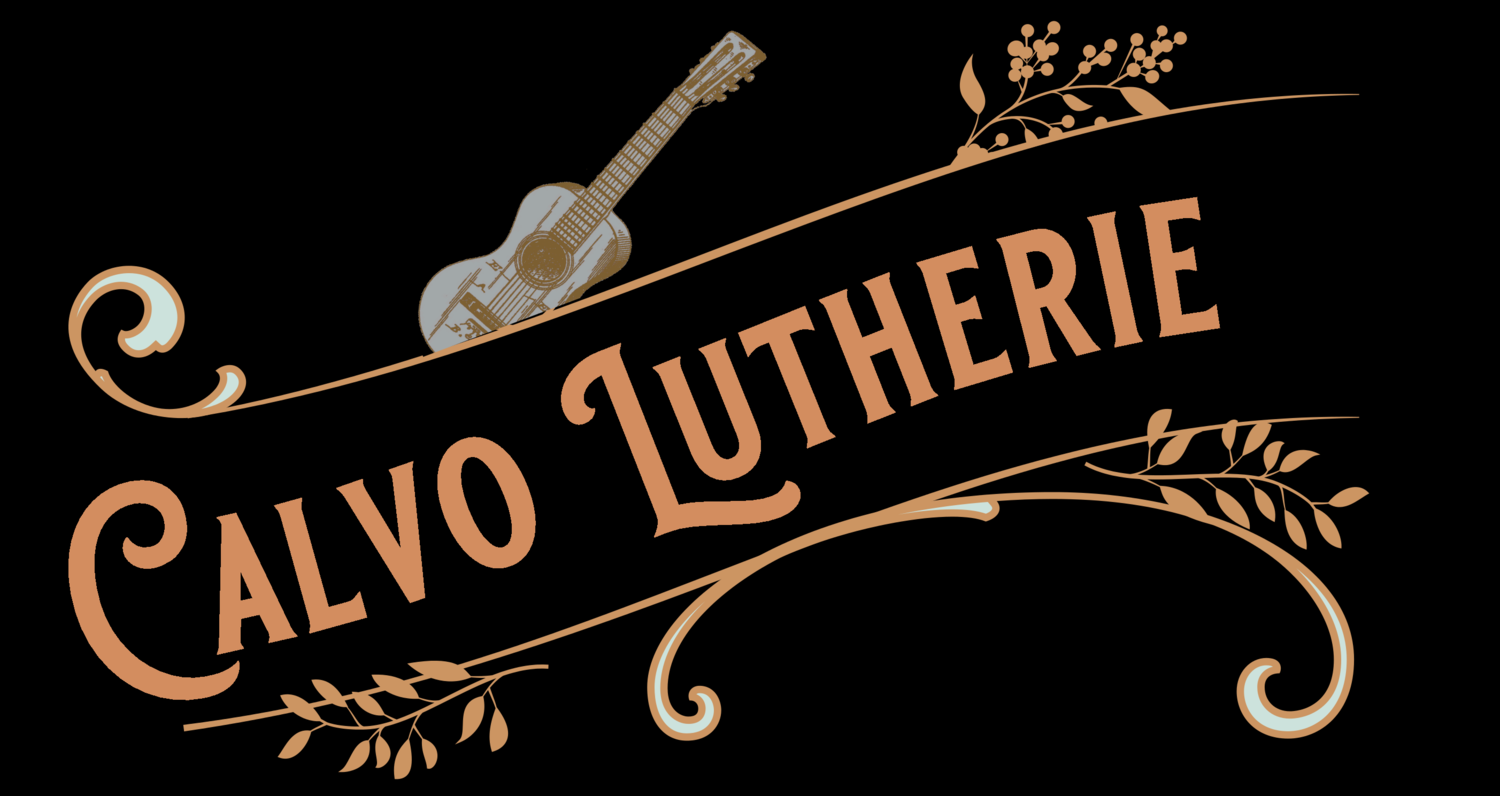About Tonewood & and Wood Choices
There’s been a lot of buzz in the lutherie world lately about tonewoods — specifically, the increasing scarcity of ethically (meaning both legally AND responsibly) sourced product.
I’ll leave the detailed bloviating as to the whys on those topics to others. The bottom line is, traditional “exotics” such as the Dalburgia (Rosewood) and Diospyros (Ebony) species are not only becoming harder to come by, but the quality is worsening even as prices are rising. These market indicators are bellwethers of a looming existential crisis for exotic tropical woods. What do I mean by that? They ain’t going to be around much longer if we keep harvesting them the way we humans currently do.
In recent years, small independent luthiers have been leading the way in experimenting with non-tropical, non-threatened alternative species. (You can read about it here.) Larger manufacturers like Martin and Taylor are catching up and beginning to realize that they simply can’t make guitars with the same woods they always have anymore.
All of which brings us to the issue at hand: Wood choice. Conservation is now as much a part of the tonewood conversation as tonal and visual aesthetics always have been. It has to be, if the art and craft of guitar building — whether in small shops like mine or well established factories like Martin’s — is going to survive beyond this century.
One of the decisions I made early on in my lutherie venture was to avoid the use of exotic woods as much as possible, especially if the species is threatened, and doubly so if it is a CITES-listed threatened species. That’s why I prefer to offer alternative tonewoods like Maple, Walnut, and Birch — all of which are abundantly available and are domestically produced. If anyone tells you these alternatives are inferior choices, they are uninformed.
All that is to say I much prefer to use non-threatened domestic woods species whenever possible, although I know that isn’t always a preferred choice for many. The chart below shows only a few examples of alternatives to traditional tonewoods, neck woods, and fingerboard/bridge woods. I invite you to read the research on alternative tonewoods and make your decisions accordingly.
Traditional
For backs and ribs:
Mediterranean Cypress ———————>
East Indian Rosewood ———————>
Honduran Mahogany ———————>
For necks:
Spanish Cedar ———————>
Honduran Mahogany ———————>
For fingerboards, bridges, etc.:
Ebony (any variety) ———————>
East Indian Rosewood ———————>
Alternative
For backs and ribs:
Maple, Monterey Cypress, Alaskan Yellow Cedar, Sycamore
Black Walnut
Black Cherry
For necks:
Butternut
Black Cherry
For fingerboards, bridges, etc.:
Mexican Ebony (Katalox), Persimmon (dyed), Rocklite (wood-based synthetic), Maple (dyed)
Mesquite, Ironwood, Rocklite

